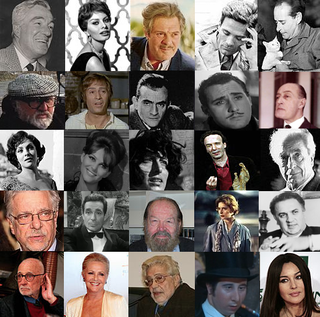
The cinema of Italy comprises the films made within Italy or by Italian directors. Italy is one of the birthplaces of art cinema and the stylistic aspect of film has been one of the most important factors in the history of Italian film. As of 2018, Italian films have won 14 Academy Awards for Best Foreign Language Film as well as 12 Palmes d'Or, one Academy Award for Best Picture and many Golden Lions and Golden Bears.

Sarah Bernhardt was a French stage actress who starred in some of the more popular French plays of the late 19th and early 20th centuries, including La Dame aux Camélias by Alexandre Dumas fils, Ruy Blas by Victor Hugo, Fédora and La Tosca by Victorien Sardou, and L'Aiglon by Edmond Rostand. She also played male roles, including Shakespeare's Hamlet. Rostand called her "the queen of the pose and the princess of the gesture", and Hugo praised her "golden voice". She made several theatrical tours around the world, and she was one of the early prominent actresses to make sound recordings and to act in motion pictures.
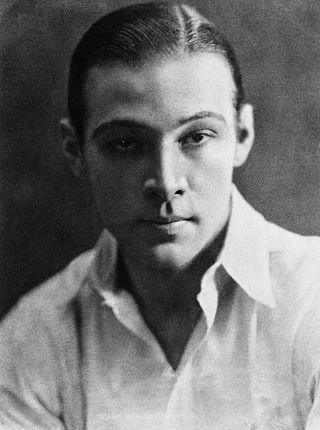
Rodolfo Pietro Filiberto Raffaello Guglielmi di Valentina d'Antonguella, known professionally as Rudolph Valentino and nicknamed The Latin Lover, was an Italian actor based in the United States who starred in several well-known silent films including The Four Horsemen of the Apocalypse,The Sheik,Blood and Sand,The Eagle, and The Son of the Sheik.
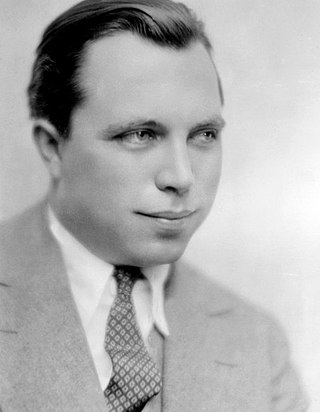
King Wallis Vidor was an American film director, film producer, and screenwriter whose 67-year film-making career successfully spanned the silent and sound eras. His works are distinguished by a vivid, humane, and sympathetic depiction of contemporary social issues. Considered an auteur director, Vidor approached multiple genres and allowed the subject matter to determine the style, often pressing the limits of film-making conventions.
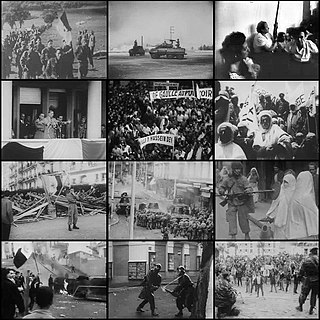
The Algerian War was a major armed conflict between France and the Algerian National Liberation Front from 1954 to 1962, which led to Algeria winning its independence from France. An important decolonization war, it was a complex conflict characterized by guerrilla warfare and war crimes. The conflict also became a civil war between the different communities and within the communities. The war took place mainly on the territory of Algeria, with repercussions in metropolitan France.
The year 1950 in film involved some significant events.
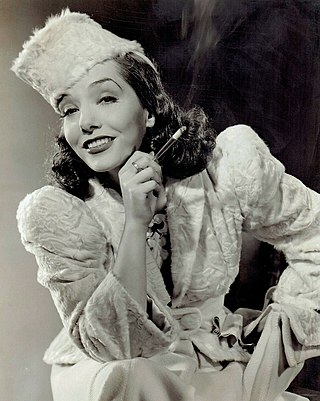
María Guadalupe Villalobos Vélez, known professionally as Lupe Vélez, was a Mexican actress, singer, and dancer during the Golden Age of Hollywood cinema.

Samuel Grosvenor Wood was an American film director and producer who is best known for having directed such Hollywood hits as A Night at the Opera, A Day at the Races, Goodbye, Mr. Chips, The Pride of the Yankees, and For Whom the Bell Tolls and for his uncredited work directing parts of Gone with the Wind. He was also involved in a few acting and writing projects.
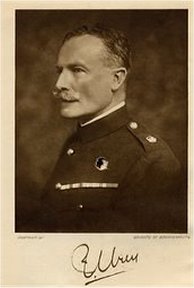
Percival Christopher Wren was an English writer, mostly of adventure fiction. He is remembered best for Beau Geste, a much-filmed book of 1924, involving the French Foreign Legion in North Africa. This was one of 33 novels and short story collections that he wrote, mostly dealing with colonial soldiering in Africa.

Classical Hollywood cinema is a term used in film criticism to describe both a narrative and visual style of filmmaking which first developed in the 1910s to 1920s during the latter years of the silent film era. It then became characteristic of American cinema during the Golden Age of Hollywood, between roughly 1927 to 1969. It eventually became the most powerful and pervasive style of filmmaking worldwide.

Pre-Code Hollywood (1927–1934) was the brief era in the American film industry between the widespread adoption of sound in film in 1929 and the enforcement of the Motion Picture Production Code censorship guidelines, popularly known as the Hays Code, in mid-1934. Although the Code was adopted in 1930, oversight was poor, and it did not become rigorously enforced until July 1, 1934, with the establishment of the Production Code Administration (PCA). Before that date, film content was restricted more by local laws, negotiations between the Studio Relations Committee (SRC) and the major studios, and popular opinion, than by strict adherence to the Hays Code, which was often ignored by Hollywood filmmakers.
The Record of Singing is a compilation of classical-music singing from the first half of the 20th century, the era of the 78-rpm record.
Phonofilm is an optical sound-on-film system developed by inventors Lee de Forest and Theodore Case in the early 1920s.

George Meeker was an American character film and Broadway actor.
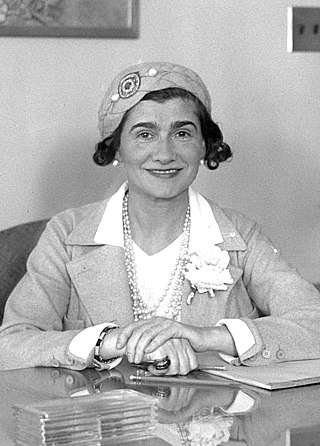
Gabrielle Bonheur "Coco" Chanel was a French fashion designer and businesswoman. The founder and namesake of the Chanel brand, she was credited in the post–World War I era with popularizing a sporty, casual chic as the feminine standard of style. This replaced the "corseted silhouette" that had earlier been dominant with a style that was simpler, far less time-consuming to put on and remove, more comfortable, and less expensive, all without sacrificing elegance. She is the only fashion designer listed on Time magazine's list of the 100 most influential people of the 20th century. A prolific fashion creator, Chanel extended her influence beyond couture clothing, realizing her aesthetic design in jewellery, handbags, and fragrance. Her signature scent, Chanel No. 5, has become an iconic product, and Chanel herself designed her famed interlocked-CC monogram, which has been in use since the 1920s.

What a Widow! was a 1930 American pre-Code romantic comedy film directed by Allan Dwan and produced by and starring Gloria Swanson. It was distributed through United Artists.

Adrienne D'Ambricourt was a French-American actress of the silent and sound film eras. She was born in Paris, and emigrated to the United States after the end of World War I.

Armand Cortes, sometimes credited as Armand Cortez, was an actor in theater and film in the United States. He had various theatrical roles in the late 1920s and early 1930s.















